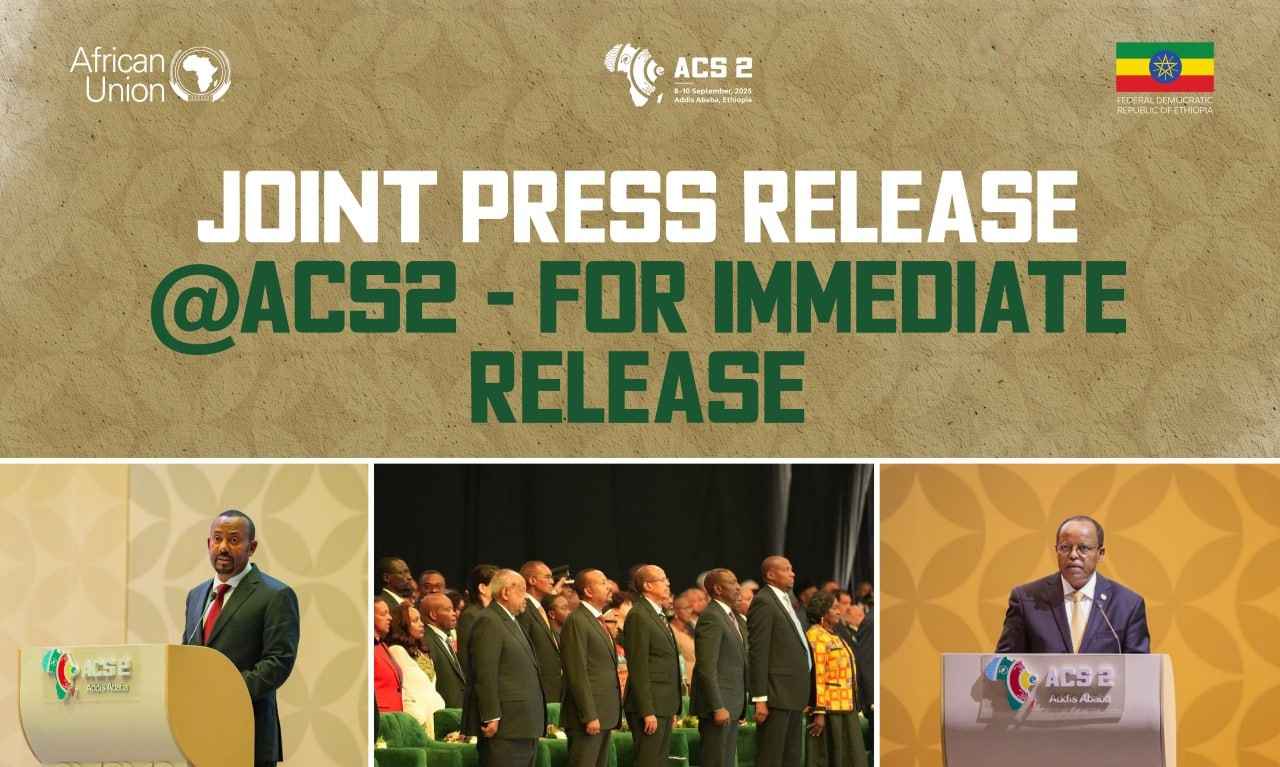
By Jeff Kapembwa
The just ended and second edition of the African Climate summit, hosted in the Ethiopian capital, Addis Ababa, justified the zeal, as a ‘united continent’ to raise resources independently, devoid of aid to insulate against the recurring El Nino induced calamity.
Themed: “Accelerating Global Climate Solutions: Financing for Africa’s Resilient and Green Development” and jointly hosted with the African Union, the African leaders, climate campaigners and cooperating partners rose to the occasion and pledged to collaborate and mobilise resources-as a matter of urgency to mitigate and adapt and help protect the planet.
The three-day meeting culminated in a resolution (communique) for the continent to ‘start weaning itself’ from dependence on donors for Loss and Damage resources and instead creates an African Climate Innovation Compact (ACIC) and the African Climate Facility (ACF), and under the stewardship of host prime minister Ahmed.
Arguably, the climate change lobby groups committed and agreed that once the $50 billion-sought annually in catalytic finance was available it would help to champion climate solutions. These long-overdue resources will drive innovation and scale local climate solutions across the continent.
Under the Compact arrangement, the initiative seeks to deliver 1,000 African solutions to tackle climate challenges in energy, agriculture, water, transport, and resilience by 2030. The leaders were assertive that the adaptation finance remains a legal obligation from the developed world, not charity and should be honoured, being key polluters of GreenHouse Gases.
Adaptation finance, according to players, must be delivered in the form of grants, not loans that worsen already fragile debt burdens. To correct the imbalance of climate finance in Africa.
The landmark deal was struck to operationalise the long-awaited African Climate Change Fund, supported by the African Development Bank. This will in turn channel green bonds and innovative financing instruments built for Africa’s realities.
As a call to action against the vice, the meeting agreed to “strengthen and sustain support to scale up the implementation of African-led climate initiatives such as the African Union Great Green Wall Initiative, also the African Forest Landscape Restoration Initiative, and the Ethiopian Green Legacy Initiative.
African leaders and partners of Africa agreed to monitor and ensure Africa’s share of global renewable energy investments was advocated. This will help it rise from a meagre 2% presently to at least 20% by 2030. This will mark a shift to finally reflect the continent’s potential as a renewable energy powerhouse.
The summit is seeking for a push on the Green Minerals Strategy, a blueprint created to ensure that cobalt, lithium, copper, and rare earths fuel not only global clean energy supply chains but also local beneficiation, job creation, and industrialisation.
There was consensus on the establishment of dedicated financial mechanisms to address addressing climate-related health threats, from deadly heatwaves to the spread of vector-borne diseases.
The summit attracted over 2,500 and acted as a springboard for the newly developed Africa Just Resilience Framework (JRF), to work alongside the Climate Justice Impact Fund for Africa (CJIFA) and provide a framework and funding for local climate initiatives.
CJIFA and has already dispersed 64 grants in 17 African countries, delegates sought Africa’ resolve to continue lobbying for self-determination in the fight against climate change than depend on developed countries.
The summit showcased Africa’s desire to stand up on its own desire to mobilise resources as a united front as evidenced by the vision for self-determination. This meeting also reinforced the message that climate is the ultimate test of multilateralism.
The summit’s success is proof that Africa can convene, lead, and deliver outcomes that reverberate globally that will directly Cary into COP30 and beyond.
